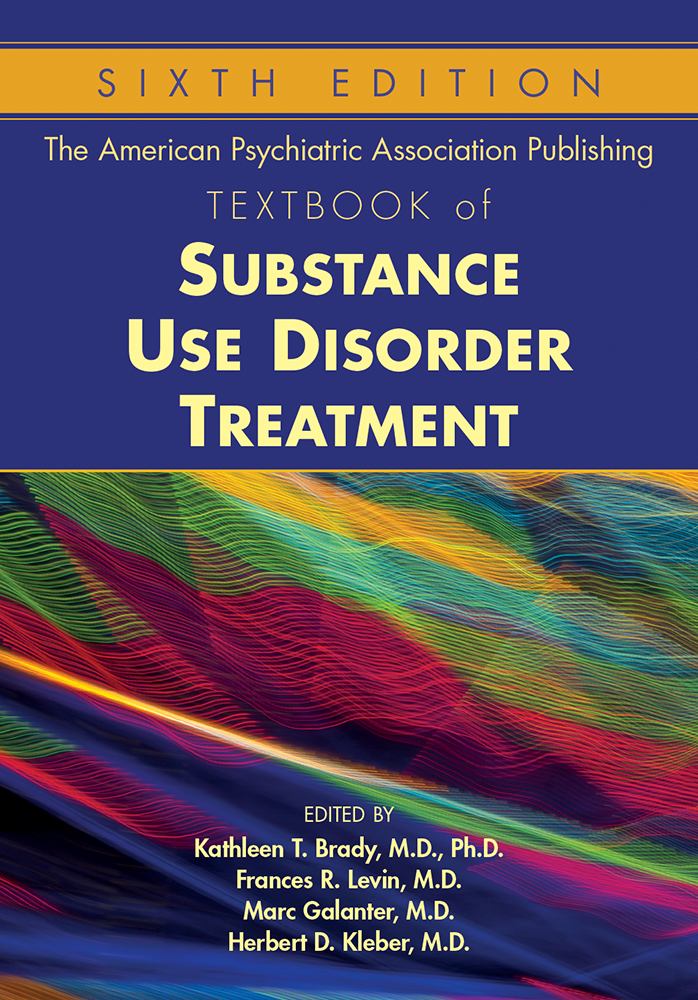Sections
Excerpt
Although tobacco use has declined in the past 50 years, it remains one of the main causes of preventable death in the United States. More than 480,000 deaths annually are attributable to tobacco use (U.S. Department of Health and Human Services 2014). Policy and public health efforts to educate the public, restrict smoking, and change social norms pertaining to tobacco have been very successful in driving down smoking rates. Even in more recent years, the proportion of U.S. adults who smoke cigarettes has continued to decline (from 20.9% in 2005 to 13.7% in 2018; U.S. Department of Health and Human Services 2020). However, important disparities in cigarette smoking persist. Cigarette smoking rates are higher among males, Native Americans, people with lower levels of education or income, and people who lack health insurance or who are insured through Medicaid (Jamal et al. 2018). Much higher tobacco use rates are also seen in military veterans, people with a disability, and people who identify as lesbian, gay, or bisexual (Odani et al. 2018). Some of the highest rates of smoking are reported among individuals who have a mental illness or another substance use disorder (SUD); smoking rates among these individuals are at least double the rates reported for the general population (Centers for Disease Control and Prevention 2013). There is also evidence that smoking rates are not declining as rapidly in these groups as they are in the population as a whole, suggesting that smoking will become increasingly concentrated among these subsets of the population if more is not done.
Access content
To read the fulltext, please use one of the options below to sign in or purchase access.- Personal login
- Institutional Login
- Sign in via OpenAthens
- Register for access
-
Please login/register if you wish to pair your device and check access availability.
Not a subscriber?
PsychiatryOnline subscription options offer access to the DSM-5 library, books, journals, CME, and patient resources. This all-in-one virtual library provides psychiatrists and mental health professionals with key resources for diagnosis, treatment, research, and professional development.
Need more help? PsychiatryOnline Customer Service may be reached by emailing [email protected] or by calling 800-368-5777 (in the U.S.) or 703-907-7322 (outside the U.S.).



